Offerings to the Gods
Ishtarfest is June 2-4 in virtual sacred space. If you are planning to join us in spirit or on Zoom, here are some thoughts of what you might bring to honor the Annuna gods, with whom we will be communing. A presentation at the festival by the Universal Order of Ishtar will go into further depth in “Rites and Offerings in the devotion to Ishtar.”
From the many tablets and artifacts left behind by the ancients, we know quite a lot about the way that Sumerians practiced their religion. Many ancient cultures made offerings to the gods as a way to celebrate or appease them. Mesopotamia was no different.
In ancient Sumer, daily offerings at the houses of the Gods pleased them and made them comfortable. In fact, at one time, gods could expect four meals a day with multiple courses!
Statues could be votive offerings and could also contain offerings, in the case of a beautiful cup or plate. First fruit offerings might include wine, beer, barley and dates.
Different gods preferred different kinds of offerings. If it pleases you, gather some offerings to give to the gods at Ishtarfest. General offerings that any of the gods would like include animal and vegetable foods and libations of water, wine and beer, as well as the burning of incense. Beer, bread, lentils, olive oil, cheese, cream, butter, honey, and tropical fruits like dates are all good choices. Jewelry and statues also make good offerings.

Offerings for some of the gods that are mentioned during the festival (there are a thousand gods, so the list is not exhaustive) are as follows:
An, the Sky God: Feathers, incense (particularly cedar, anise, and lemongrass)
Dumuzi/Tammuz: any vegetation
Enki, God of Water: beer, spring water, cucumbers, apples with stems, grapes, fish, poem or other writing
Enlil, Air God: Food, land and precious objects. For this festival, some soil from your yard will do. Also, anything related to air, such as feathers, music or the breath.
Ereshkigal/Irkalla, Goddess of the Underworld: mortuary offerings made to the dead (bread and water), fasting, weep for her
Geshtinanna, goddess of agriculture, fertility, and dream interpretation: vegetation, dreams
Inanna/Ishtar, Goddess of Love and War, Venus: incense, wine, artisanal beer, baked treats, cedar oil or incense, rose petals, lapis lazuli
Ki, the Earth Goddess: sand or earth, jewelry or precious stones
Marduk: red wine, traditional offerings, ritual dances from female worshippers, “obviously cooked” meats (beef or pork if beef not available), fresh vegetables and fruit (wheat, barley, carrots, cabbage, corn, green beans, peas), sheep wool,
Nammu, Goddess of the Primeval Sea: salt water, seaweed
Nanna/Sin, the Moon God: Reeds, linen
Ningal, Goddess of the Reeds & Moon: olive, fig, and apple, along with nuts such as the pistachio, walnut, and almond.
Ninkasi, Goddess of Beer: toasting with beer
Ninshubur, Messenger Goddess: anything you would offer to Inanna would also please her vizier
Shamash/Utu, the Sun God: wheat flour (especially einkorn or emmer wheat, burn a candle or incense, the bill of rights or the constitution
Siduri, the Goddess at the Inn at the end of the World: toasting with wine
To register: https://sites.google.com/view/ishtarfest/home
Waelburga and the Wild Hunt
The time between April 30-May 7 was one of the oldest solar holiday celebrations. It has been called variously, May Day, Beltane, Walpurgisnacht, Lá Bealtaine, Cétshamhain (the first of summer), Calan Mai or Calan Haf, among others. It’s clear that the time of year held special significance for many of our ancestors.
May Eve was called Walpurgisnacht in Germanic tradition. It was said to be a time that witches came together, and was also called Hexennacht, or Night of Witches.
Saint Walpurga (710-799) was a German abbess whose relics were displayed on May Eve. She was a healer and converted many to Christianity. People prayed to this saint for protection from witchcraft. In fact, in some parts of Europe people continue to light bonfires in honor of St. Walpurga to ward off evil spirits.
There is an earlier Waelburga, a fertility goddess whose attributes were beauty, warmth, the renewal of life, and grain. She is a beautiful crowned woman with long flowing hair and fiery feet. Her symbols are sheafs of grain, a spindle, a triangular mirror, and dogs.

Catholic nuns choose new names when they take their vows, so it is remarkable that this 8th century abbess chose the name of an earlier goddess, as it the fact that sheaves of grain and dogs were carved on her chapel, since both were associated with the earlier goddess.
Another indication that the goddess was afoot in the tales of Walpurga is this folktale. Nine nights before the first of May, people left their windows open to give refuge to Walburga, who was chased by ghosts from village to village. This folk story is similar to the story of moss-wives being chased in the Wild Hunt, which usually occurs in the autumn or winter. (Grimm’s Fairy Tales) In Walburga’s case, the hunt represents the winter months trying to stop the Spring from coming.
Want more info on this goddess? Click Here
Happy Ostara!
Ostara, author unknown
Winter's barrenness has subsided, From the death of Winter Spring's new life.
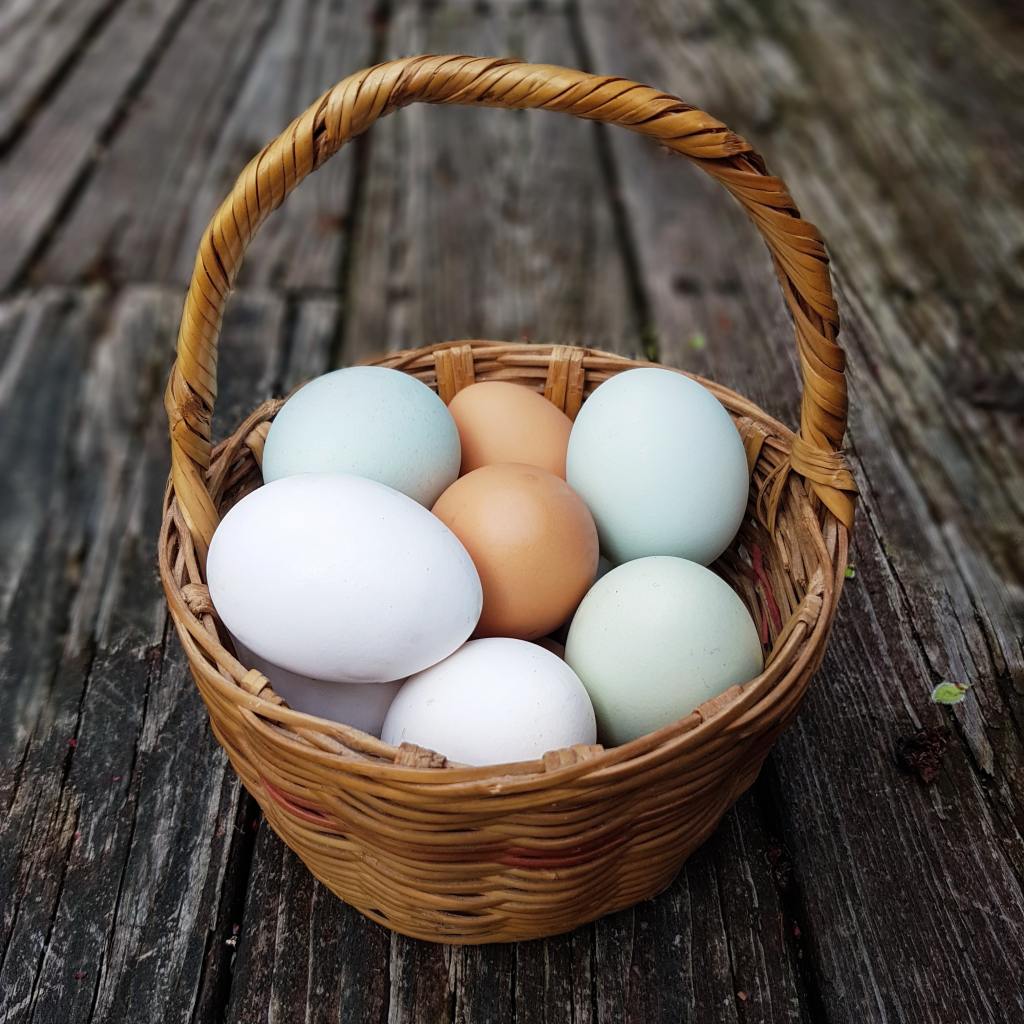
Spring is coming to the land, The days grow longer, Warm breezes begin to stir.
All around us we see signs - The growing things are beginning anew. It's the resurrection of the dance of life. The dance of the stems and stalks As they push forth from the Earth. It is the season of creation. Growth has turned outward, The land has become fertile again. The Earth is caressed by The loving touch of the Mother, Where her hand passes. Atoms twine together to create growth. Buds burst open. Leaves and vines unfurl. She creates a vision of the green beauty. Beauty so breath-taking after The dark solitude of Winter. It is this vision that we celebrate On her day of Ostara The world recreating itself-- Returning from the death of Winter, Into the new life of Spring Through the love of the Goddess.
Imbolc and the Weather
February 2 has dawned bright, sunny, and cold here in New Jersey. I don’t know what that little groundhog is doing, but according to legend, the Celtic goddess, the Cailleach, is out looking for firewood. Apparently she makes sure it’s sunny on Imbolc if she wants the winter to continue longer so that she can get herself enough firewood to make it through the cold days ahead. If the weather is crappy, then she’s sleeping and winter’s end is within sight.
Walking around my neighborhood, I see the magnolia trees budding, so apparently they haven’t had a conversation with the Cailleach about when spring will actually be here. Maybe it’s because they are typically Southern trees, and the Cailleach inhabits the cold northern mountains. She is literally the bones of the earth.
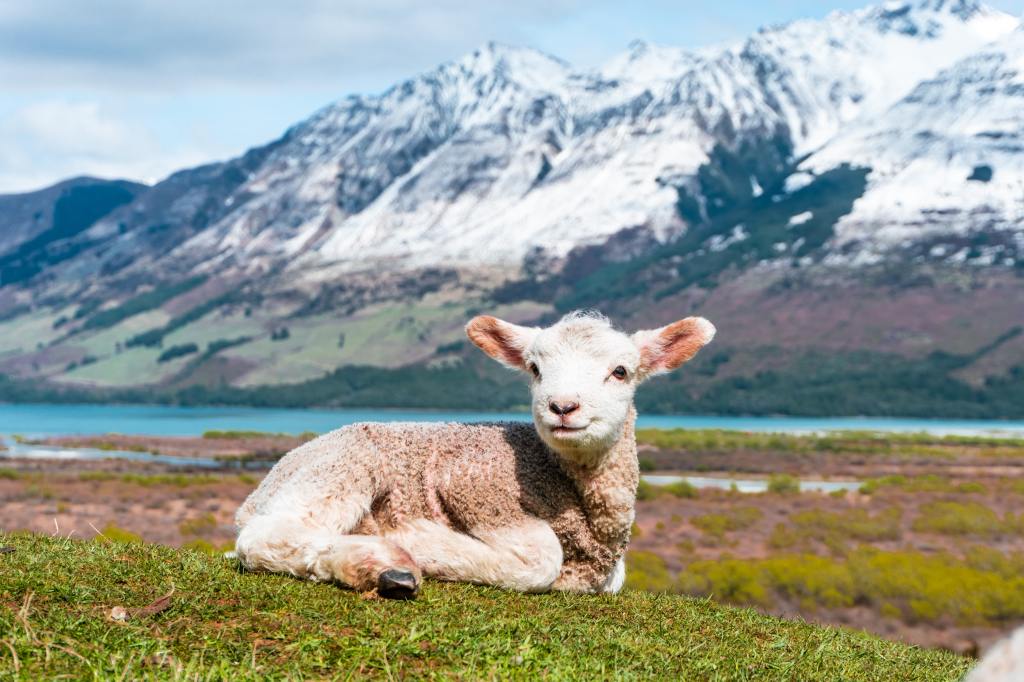
Imbolc is the first fertility festival of the solar year, and for avid gardeners, a time to be starting veggie and fruit seeds indoors for later transplanting outdoors. If you plan to have a garden this summer, the Garden Club of New Jersey recommends ordering seeds in February before they run out. The club also recommends pruning winter-damaged bushes at this time. Our ancient ancestors would have been welcoming new animal babies and thinking about spring sowing at this time of the year.
If you aren’t raising baby lambs or sowing your fields, which I believe applies to most of us in the NJ pagan community, then considering the agricultural imperatives as a metaphor in your life may be the best way to celebrate this solar holiday:
- What are the “seeds” or new projects you want to start in the warmer weather?
- What are the things you are “pruning” or letting go of to make it possible for those new projects to flourish?
- What are you “feeding” or giving energy to that you want to grow this year?
Another aspect of Imbolc is purification, especially by fire. Burning away the old in sympathetic magick is one ritual. Welcoming back the light as the days get longer with candles or bonfires is another way to celebrate this time of year. How about some spring cleaning as a ritual of purification, donating what you no longer need to make room for what is being born? Or you could take a ritual bath and drink some nettle tea to purify yourself and get ready for the busier days ahead, as the light slowly returns and warms up the earth.
Much love and many blessings to you!
Mother Night
Dating back to the Iron Age, Modraniht or Mother’s Night, is celebrated on what is now Christmas Eve. This was a time to honor our foremothers and the Divine feminine.
Mother Night is the fifth of 12 nights of Yuletide. In the Norse and Germanic traditions, is a time for honoring female ancestors and celebrating with family.

It was a time to remember the mothers who had passed on, and as the dark nights reached their end and the new light was about to be born it was the moment of contact between endings and new beginnings, which is what modern culture does on New Year’s Eve and with New Year’s resolutions.
Offerings and sacrifices were made to female spirits and ancestors. Some appropriate offerings include a portion of a meal, butter, honey or mead left out in gratitude. These offerings can either then be eaten or brought outside and offered to the animals for their sustenance.
If you want to celebrate Mother’s Night this year, here are some ways you might honor your female ancestors and your winter goddess of choice. Whether you prefer La Befana, Skadi, Holle, or the Matrika, here are some ways to observe the mystery of this night:
- At sundown, turn on every light in the house and light every candle to bring in and preserve the light for the coming dark time.
- Sweep everywhere, in every corner, saying a prayer for blessing and protection
- Drink eggnog and wassail
- Eat rich foods
- Spend time with family and friends to set the tone of wealth, plenty, and harmony for the coming year
- Before bed, make cream porridge, and set a bowl of it on the hearth or stove for the house spirits and another outside for the spirits of the land
- Hang a boat made of birch bark and filled with a meal including fatty gravy on a tree behind your house
And so we remember the Goddess and our mothers, without whom we would not be.
Blessings of the Season!
Celebrating Yule with Tradition & Ritual
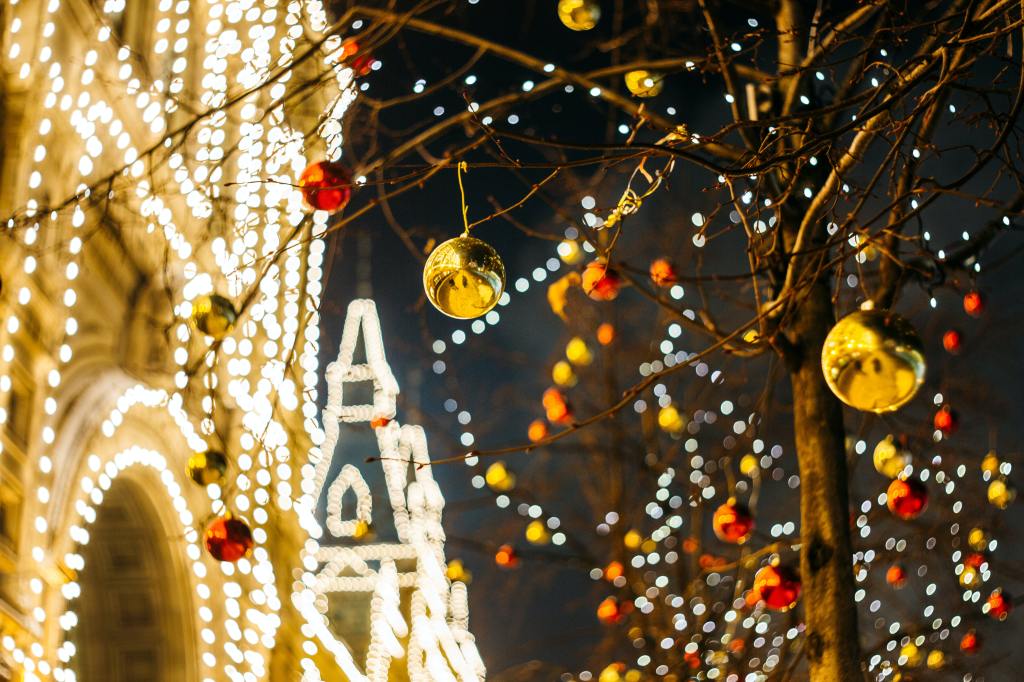
Hands of Change will be celebrating Yule with a full moon Yule ritual and feast in honor of Lugh and Arianrhod on Friday, Dec. 9, 2022 at 7 p.m. in Old Bridge, NJ.
Yule, or Winter Solstice, marks the shortest day and longest night of the year. Pagan cultures across the world celebrated this fire festival with myth and magic. Learn about ancient traditions that are still kept today, as well as some that have been lost over time. Find out what significance our ancestors gave to the Yule log, decorating trees, and exchanging gifts. A Yule ritual will directly follow the class.
Yule/Winter Solstice is celebrated around December 20-23. Yule is the first of eight solar holidays, called the Wheel of the Year, celebrated by our ancestors. The origin of the word “Yule” is Norse and means “wheel” or “turning time.” It was first celebrated 12,000 years ago.
In the Wiccan faith, it is the time when the Goddess gives birth to the Divine Child Sun, who brings hope and promise of the summer to come. It’s the shortest day and longest night of the year. The sun god Mithras, who appears in Greek, Roman, Persian, and Egyptian mythology, was born in a barn to a virgin mother, was the Sun personified, was the child of the God of all Gods, and his followers pray for his return which will herald new life and life eternal for humankind.
Christians adopted this solar holiday as the birth time for Christ though the actual time of his birth is unknown, though it was originally celebrated in August. You can see how the story of Christ reflects both the Wiccan and Mithras myths. Christians often adopted pagan customs and holidays when trying to convert them. It was easier for pagans to accept Christianity if they didn’t have to give up their own traditions and celebrations. Also, if pagan holidays became Christianized, pagans would have to be in church on their holy days rather than frolicking in the woods and fields. On the Roman or Julian calendar, winter solstice fell on December 25.
In Ireland, people leave lights burning all through the house to honor the Virgin Goddess who gives birth to the God. The word “virgin” at one time meant a woman who was a complete entity unto herself. Roman priestesses, called Vestal Virgins, didn’t take husbands but could take lovers and were not bound by secular law. When you pass houses here in New Jersey, where every window is lit by a candle, this is the custom that is being followed.
On the Gregorian calendar, we are about to enter a new year (the Wiccan New Year is at Halloween). One of the predominant figures at the new year is Father Time. The Roman festival of Saturnalia took place around now and was dedicated to the Lord of Time, Saturn. It was a time of role reversal. Slaves were served a meal by their master. Romans bathed with gold coins to absorb their energies so they might be more prosperous during the coming year (similar to the Jewish custom of giving gold coins as gifts at Chanukah/the Festival of Lights).
Do you all know the song “The Twelve Days of Christmas”? The Norse celebrated a 12-night-long festival at this time. The first night is called Mother Night. Norse pagans sit up until dawn and await the rising and rebirth of their sun goddess Freya. They used bells to herald the rising of the sun after the longest night of the year. For the Norse, it is a night when the veil between the world grows thin. The Norse Goddess Holde, guardian of the spirit world, opens her doors at Yule to all sincere seekers.
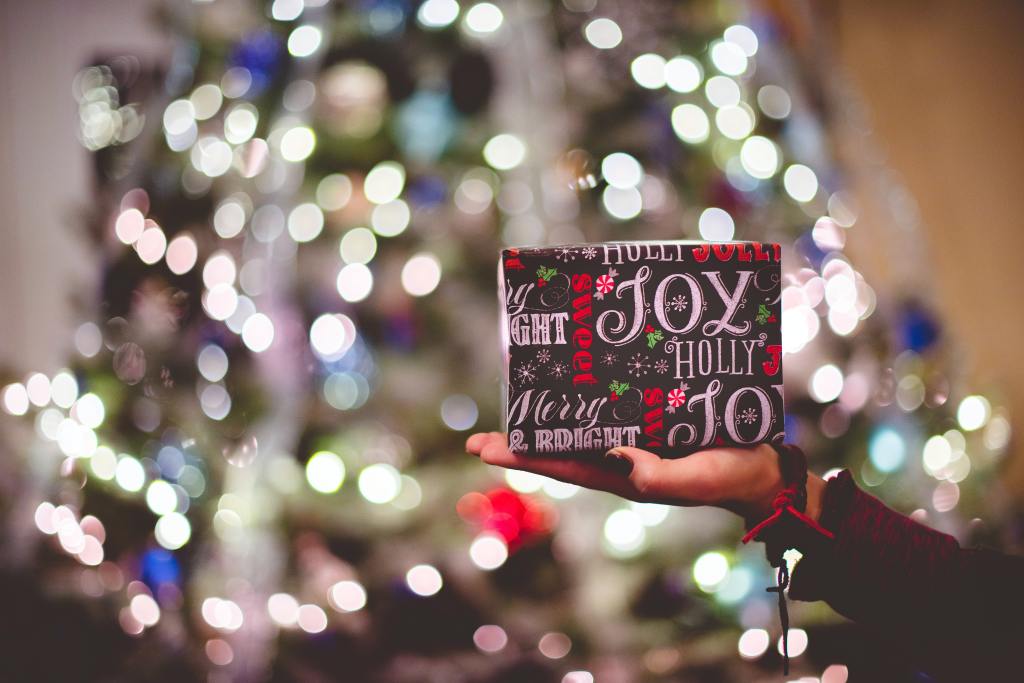
Egyptians celebrate the rebirth of their sun god, Ra, and commemorate the creation of the universe. Rain on solstice eve was a special blessing from Ra, whose tears could quench the parched desert. Yule marked the time of the beginning of Egypt’s short rainy season. Perhaps this is the origin of our prayers for snow on Christmas eve.
In Sweden young women wear wreaths lighted by candles on their heads. Native Americans of the Southwest celebrate “Soyalanwul,” which means to bring new life to the world. Their ritual aided the sun’s birth with a birthing ritual consisting of having one person, masked as the Sun God, crawl through the legs of the tribe’s women.
Celebrate Ishtarfest With Us!
This is the 7th consecutive year that Hands of Change has offered a festival celebrating Sumerian mythology, religion and culture. What we seek to do with Ishtarfest is to help bring back the worship of the elder gods in modern day Paganism.
Greek thought can be directly traced to Mesopotamian/Sumerian societies. Both Hesiod and Homer relied extensively on Sumerian sources for their writings, and strong similarities exist between the two culture’s mythologies. These works were central to the development of Greek thought, which influenced European and American structural and cultural development.
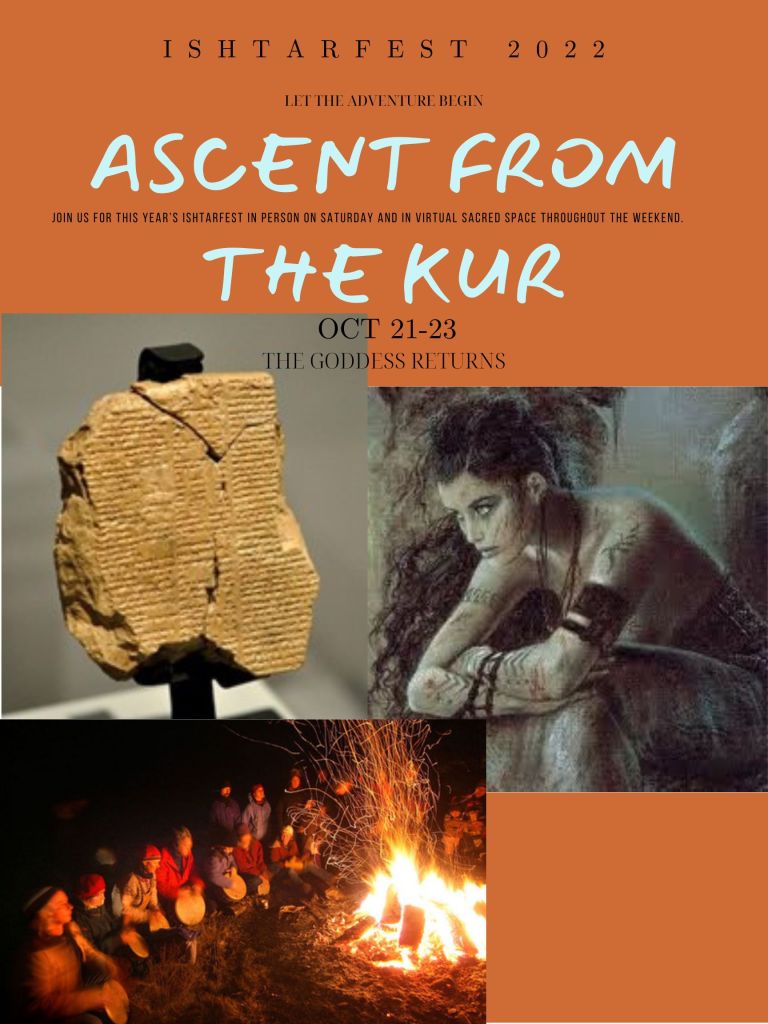
The influence of the Mesopotamian city of Uruk reached as far as Egypt, where similarities can be seen between Sumerian and Egyptian artwork, as well as between their pantheons.
Growing up in our culture with Greek and Egyptian mythology taught in our classrooms, modern Paganism has taken on the flavor of those and more Celtic influences. We believe that it’s time to trace our roots back even farther to the Fertile Crescent to learn about the birth of pagan civilization and its influence on our world today.
The history of the festival, which has already occurred 7 times in this century, is as follows:
2003 – Shapatu of Ishtar, Two Nights in Babylon
2016 – Ishtarfest, featuring the play The Shapatu of Ishtar
2017 – Ishtarfest’s Sumerfaire, A Sumerian Renaissance Faire
2018 – Ishtarfest, Journey Through The Goddess (centering on the Goddess Chant – Isis, Astarte, Diana, Hecate, Demeter, Kali, Inanna)
2019 – Ishtarfest, to the Kur and Back (Sweat lodges and descent ritual)
2020 – Virtual Ishtarfest: 5th Annual Ishtarfest Coming to You in Your Living Room
2021 – Virtual Ishtarfest: Regeneration
2022 – Hybrid Ishtarfest, Ascent from the Kur
As we move into our festival, we encourage you to find out more about the links between more modern pagan cultures and the inspiration that they derived from Sumerian religion and mythology. Our presenters will shed light on why Mesopotamia has relevance for Paganism today.
In person, we plan to have 7 offerings (classes, rituals, or activities), one for each gate offered in ascending order as we Rise throughout our in-person festival day in Old Bridge, NJ on Saturday, Oct. 22. Each gate activity is being associated with one of the 7 chakras, starting with the root. All those who attend in person are invited to also participate in the virtual parts of the festival on Friday Oct. 21 and Sunday Oct. 23. Local priest/esses and even a local author will be inspiring and guiding your rise from the Underworld.
We are very honored to have some amazing speakers from all over the world this year in our virtual component of the festival:
Ed Vanderjagt of Temple of Enki and Temple of Sumer will be entertaining us with season-appropriate spooky Mesopotamian lore. Take a look at some of the demons and mythological creatures that you might not be aware of in Demons and Monsters, Both Good and Ill. Also, The Journey of the Ancestor Spirits will cover the Sumerian/ Mesopotamian concept of the soul and cover the soul’s descent into the underworld.
Hercules Invictus of Heraklidae (The Tribe of Hercules: Olympian Shamanism, Heroic Path) will trace the hero Hercules through Ancient Near Eastern, Egyptian, Indian and other Herculeses. Has this hero survived and is he active in our modern era? This workshop explores these and many other Herculean questions!
Rev. Kae of Hearth Element will be presenting on Tiamat, The Mother of Life. Weaving the story of her own awakening to Tiamat with the Sumerian-Mesopotamian Creation Myth and how culturally universal is the symbology of that story. Her presentation will include sound healing and guided meditation.
Lindsey River, a writer and poet from the UK, will share Ishtar’s Queer Servants – discussion and sharing of her research in the British Library’s collection about sex and gender variance and possible practices in the Inanna/Ishtar temples and their activities.
Shu Yap, an astrologer in Central Victoria, Australia will share The Venus Cycle: Sacred Whispers of Inanna. The weekend of Ishtarfest falls in a particularly auspicious time for the planet Venus, the morning and evening star known as Inanna or Ishtar. Prepare yourself for the sacred journey of Ishtarfest with Shu’s wisdom.
Steff V Scott of the Temple of Inanna in Scotland will be presenting “In Search of Eostre (Easter is ALL about Ishtar).” If you think Inanna is just an ancient Middle Eastern goddess, you’ll be fascinated to learn how she made it into Germanic tradition. She is indeed well-traveled!
These speakers and others will begin to unravel the mysteries that Mesopotamia beckons us as modern-day pagans to learn.
Tickets available here: https://sites.google.com/view/ishtarfest/
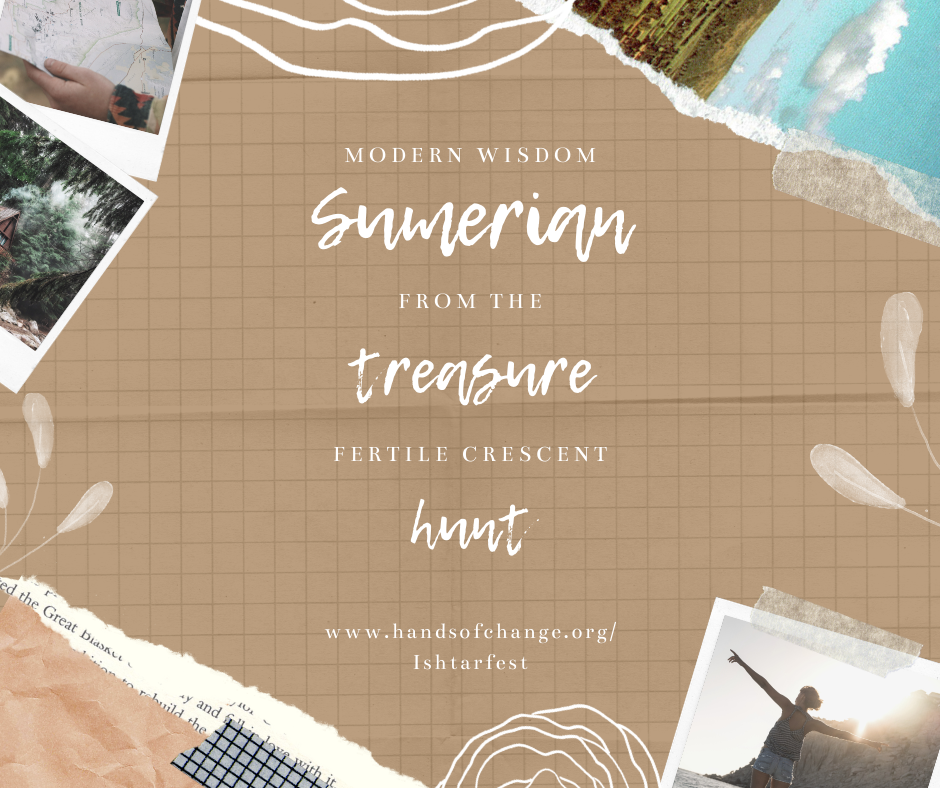
Happy Birthday to Us – 25 years of magick!
I can’t believe it’s been 25 years! When D Blaze Johnson, C Lynn Carr, Maeve, and I first hatched the idea of starting a Wiccan coven in central New Jersey, after meeting for full moons in Conny Jasper‘s Milltown witchy store Salamander and Maggie’s land in Piscataway, the landscape of the pagan community was so different! Not the least of which was getting the word out– by flyer, pagan stores, and eventually Witchvox.
There were a few groups operating in northern Jersey — the Morristown women’s circle out of the Unitarian church, a Cristo Pagan group, and Green Man Grove, a druid group in New Brunswick. We had so much energy back then that we were hosting over 20 rituals a year plus monthly classes. At one point we had 23 members and our monthly public full moon rituals were drawing 50 people.

One of the things I’ve always loved about the New Jersey pagan community is how close and supportive it is. I love how we’ve come together every year for pagan picnics and festivals, like Pagan Pride, MPA Beltane, Caduceus and others. We even had an Ishtarfest back in 2003!
I’m also really proud that everyone pictured in this photo from over ten years ago is still a member of Hands of Change.
I hope to see some of you today at our 25th birthday celebration, psychic fair, and Mabon ritual on our covenstead in Old Bridge. Here’s to another 25 years of sharing magick in community!
Lammas and the Circle of Life
The word Lammas derives from the Old English phrase hlaf-maesse, which translates to loaf mass.
In honor of the harvest festival, we will be breaking bread together, taking stock of the last two years, and making wishes for the time to come.
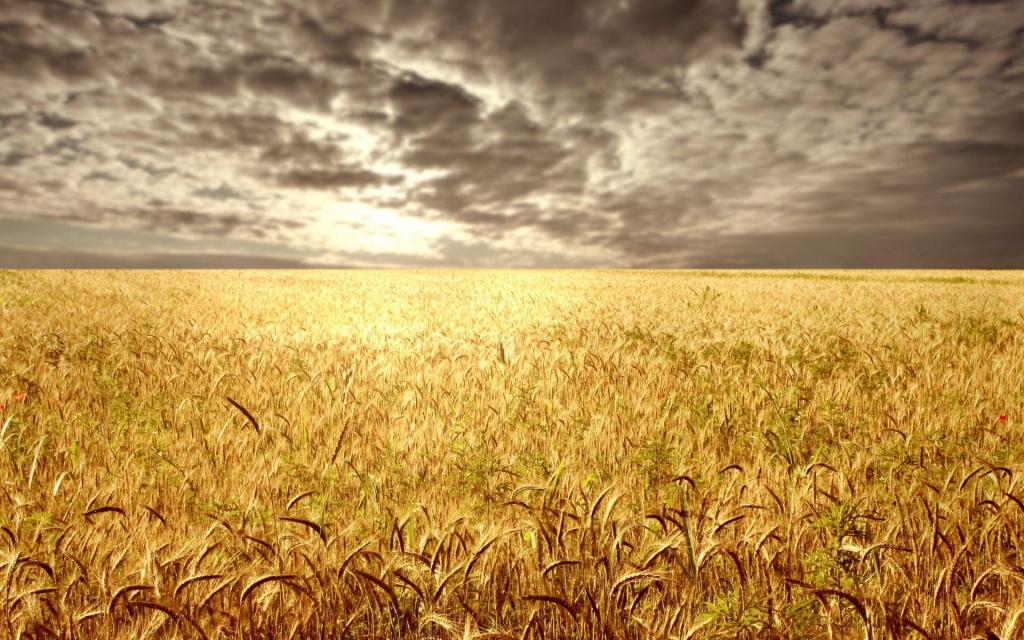
The full moon is today. As we go forward into the month, at the time of the waning moon, we release what is no longer needed. We also celebrate what we have in the full light of our lunar sister.
We call on the energies of Lugh, the Celtic craftsman god, whose name is part of the alternate name for this holiday, Lughnasadh, and Arianrhod, who is the Celtic goddess of the moon.
By celebrating Lammas as a harvest holiday, we honor our ancestors and the hard work they must have had to do in order to survive. This is a good time to give thanks for the abundance we have in our lives, and to be grateful for the food on our tables. Lammas is a time of transformation, of rebirth and new beginnings.
We also remember at the time of bounty those times of scarcity. Lammas is a time when the grain is sacrificed in order that the community may live through another cold season. The root of the word sacrifice is the same as the word sacred, and we honor the grain king that dies and is born again in the next turn of the wheel. We say that the forms pass, but the circle of life remains.
Unity at Imbolc
At our Imbolc ritual, we invited the goddesses Calleach and Brigid to join us and offer their words of wisdom. We drew the Lovers tarot card. Here are some thoughts from our inspired ritual team on this card and its significance at this time:
The Consummation of the alchemical marriage – {indicated by the Red Lion and the White Eagle} – requires a death of sorts – a Dissolution.

‘SOLVE ET COAGULA’ means to separate and to join together. The sword separates, and yet two dissolve and recombine to form a sweet elixir. This implies a death of the ego on the path across the Abyss from Binah {the Great Mother} to Tiphareth {The Son/Sun}. Binah compels form. And in a sense, the reintegration of forms requires a choice: A union, creating something new. In the card, the sword symbol is present in the form of the sword in the stone of legend. Here, the stone takes the form of the Egg of Creation – The Heart Girt with a Serpent. The sword in the stone is also a symbol of the cleaving and then union of the male with the female – the black and the white – the active and the passive – projective and receptive.
In the legends the sword can only be removed by the true sovereign. But in those very same stories that sovereign ideal was sacrificed on the altar of creation; and pulling that sword from the stone was an act of choice. There is a choice to be made. Pull the sword from the stone and make the sacrifice of one option, as when one door opens and another closes.
The choice should be made with devotion and avowal. OPEN YOURSELF to second sight; the choice is yours. Through that choice, we will attain UNION from that which has divided us.
Our vast universe consists of billions of stars, planets, humans, animals, countless creatures all of whom work together in one way or another to keep the world going. There is only one thing that is needed to make it work…UNITY.
UNITY does not just mean being the same, having the same ideas or thoughts or agreeing all the time. For there to be true UNITY in any group or gathering or even family we need to equally share the give and take. Like the universe, there are too many individual beings for everyone to feel the same, think the same, believe the same things yet here we are, together, UNITED for one specific purpose.
After the long hiatus due to COVID-19, something many of us may still be affected by, we are now able to finally start coming together, UNITING us together for a common goal. Just as the sword divided the stone, social issues and a pandemic have divided us. It is now up to us to come together, like a wound closing once the blade is removed, and UNITE ourselves with the beauty and love that we all have in us. Making that choice to be one with each other, and one with Universe.
